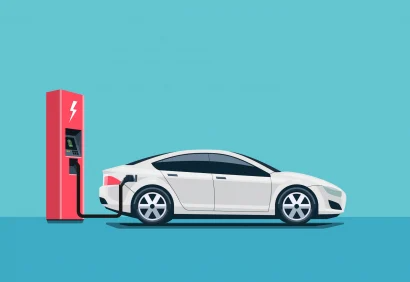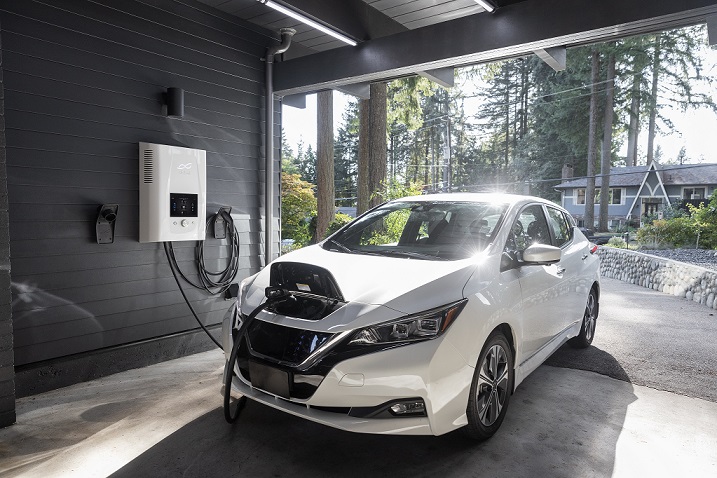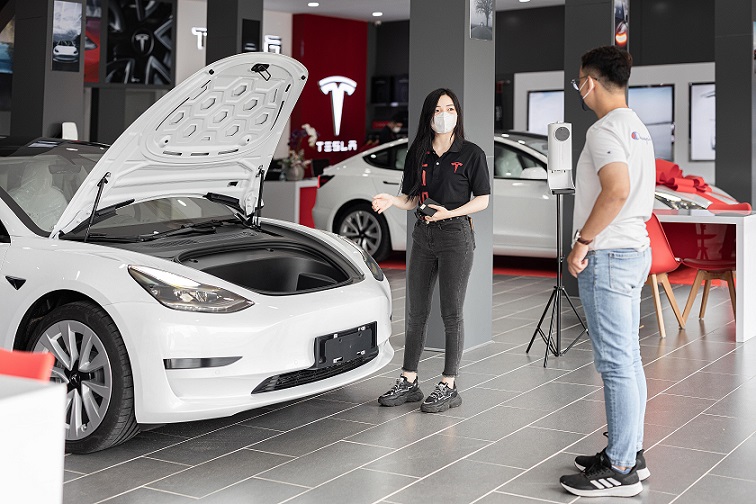Electric Vehicle Infrastructure
There are numerous ways to power electric vehicles. Depending on the region, required power, and vehicle rating, EV charging requirements vary by category (2W, 3W, or 4W). “Conductive charging” is the most popular charging technology in use in India.
- The Electric Car Supply Equipment (EVSE) uses a connected connection, an internal control system, and power drawn from the local electricity supply to safely charge an electric vehicle. – Electric Vehicle Infrastructure
- India now has widespread availability of standard power AC charging, which is enough for e-2Ws, e-3Ws, e-4Ws, and other light commercial vehicles (LCVs) up to 1 tonne and ranges from 3kW to 22kW. High-power DC chargers are being gradually incorporated into the network and will soon be used more widely.
- They are faster but call for a larger electricity supply and additional equipment. Through programmes like FAME1 and FAME2, the Indian government has been assisting the EV industry with a focus on charging infrastructure. Additionally upbeat and actively interested in the overall EV Charging ecosystem are the industry participants. – Electric Vehicle Infrastructure
- Major OEMs are developing EVs, but an ecosystem for the growth of chargers, charging stations, and other services are also being progressively established. The foundation of electric mobility, but also one of the major perceived obstacles to EV adoption in India due to its limited availability and lengthy charging times, is the charging infrastructure.
- On several levels, there are political and strategic levers in place to promote the advancement of electric vehicle technology and charging infrastructure. To improve its progress, however, more efforts are required. – Electric Vehicle Infrastructure
- In terms of economies of scale, network effects, high investment costs, and low marginal costs, EVs combine numerous infrastructure market features. There is also a strong justification for political involvement when considering the indirect costs of the current petrol-dominated vehicle fleet, such as the effects on the environment and human health. – Electric Vehicle Infrastructure
There are now three major categories of EV charging infrastructure
- Level 1 or level 2 charging for alternate-current (AC). An in-car inverter in this system transforms alternating current (AC) to direct current (DC), which then charges the battery at either level 1 (similar to a US household outlet) or level 2 (240 volts). It can function at up to 20 kilowatts of power.
- Direct-current rapid charging is commonly referred to as level 3 charging (DCFC). This charging system charges the battery without the use of an inverter by converting the grid’s AC to DC before it reaches the vehicle. It is frequently referred to as level 3 or direct-current rapid charging and operates at powers ranging from 25 kilowatts to more than 350 kilowatts.
- Bluetooth charging Batteries are charged by this technology using electromagnetic waves. Typically, a plate is fastened to the car and a charging pad is hooked to a wall outlet. Modern technology can deliver power up to 11 kilowatts and is compatible with level 2 chargers.
Terminology for Charging Infrastructure
With this hierarchy for charging stations: location, EVSE port, and connection, the charging infrastructure sector has converged on a common standard is known as the Open Charge Point Interface (OCPI) protocol. The following charging infrastructure definitions are used by the Station Locator and the Alternative Fuels Data Center:
- Station Location: An area containing one or more EVSE ports at the same address is referred to as a station location. Parking lots at shopping centres or garages are two examples.
- Even though it may have several connectors, an EVSE port only supplies power to charge one vehicle at a time. Sometimes referred to as a charging port, this structure contains the EVSE ports and may have one or more of them.
- To charge a vehicle, a connector is plugged into the vehicle. One EVSE port may support a variety of connectors and connector types (such as CHAdeMO and CCS), but only one car can charge at once. Some people refer to connectors as plugs.




